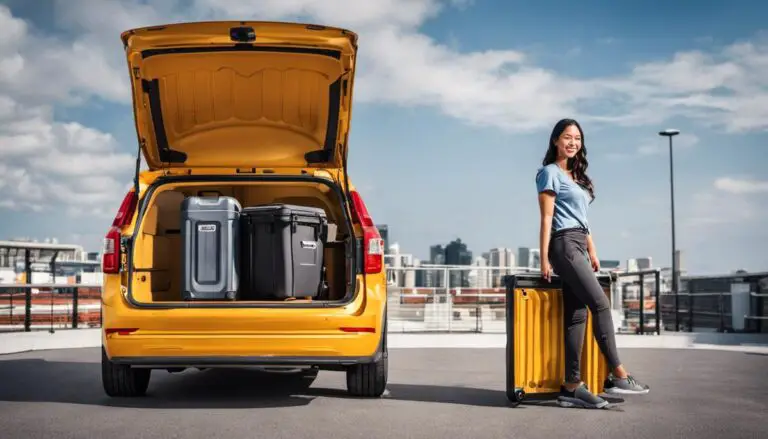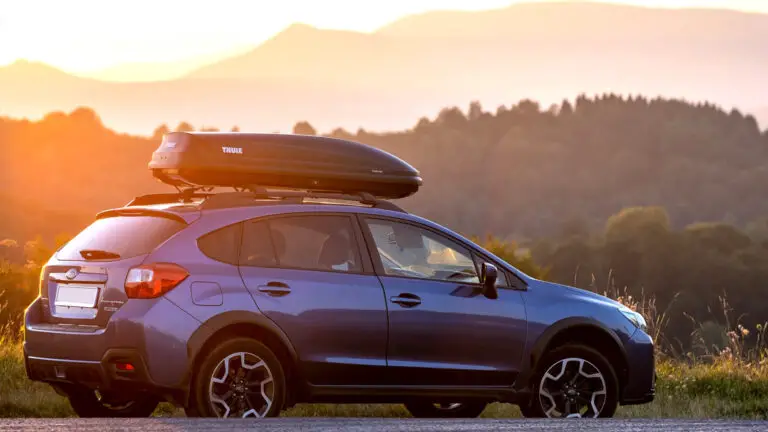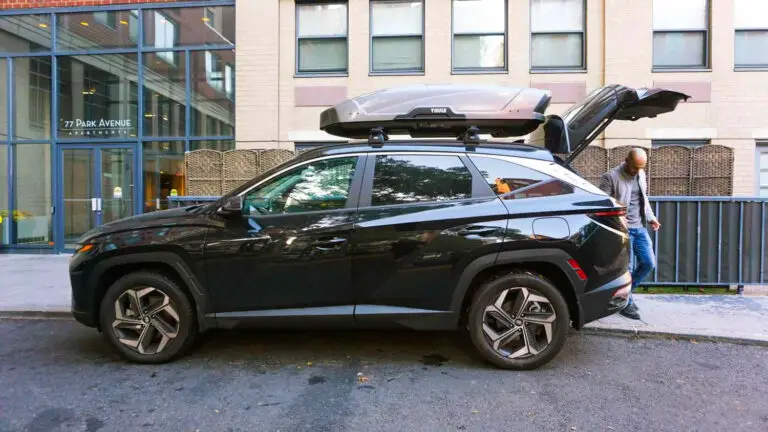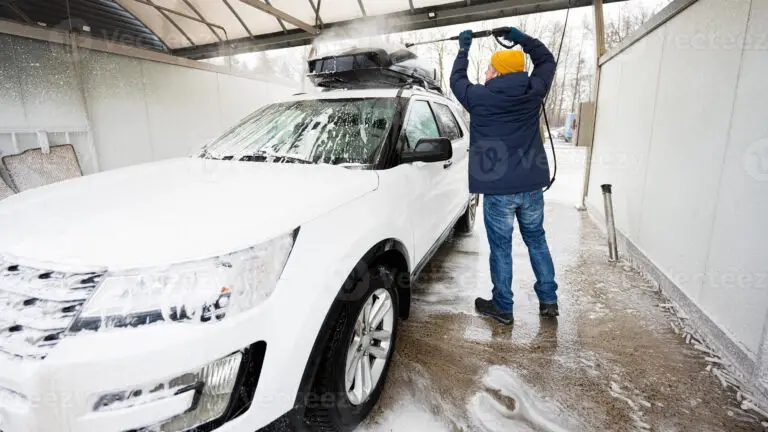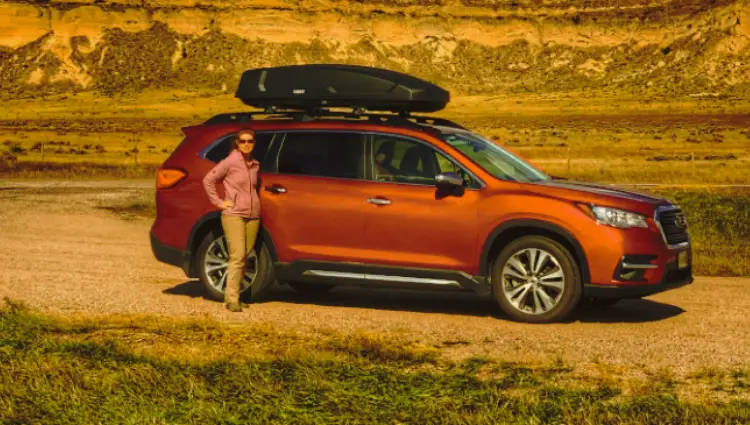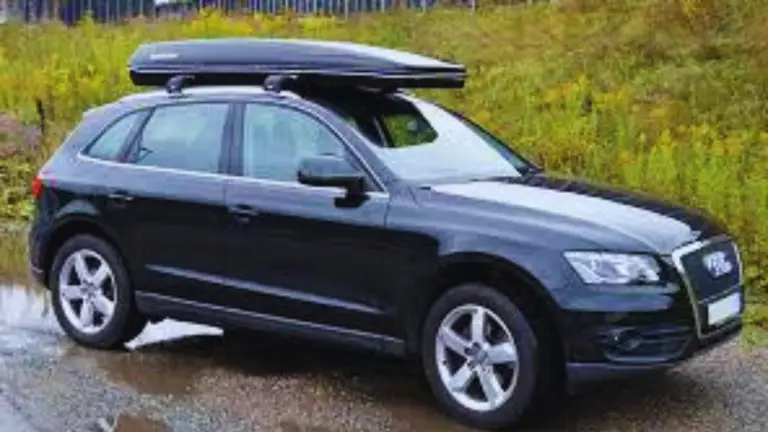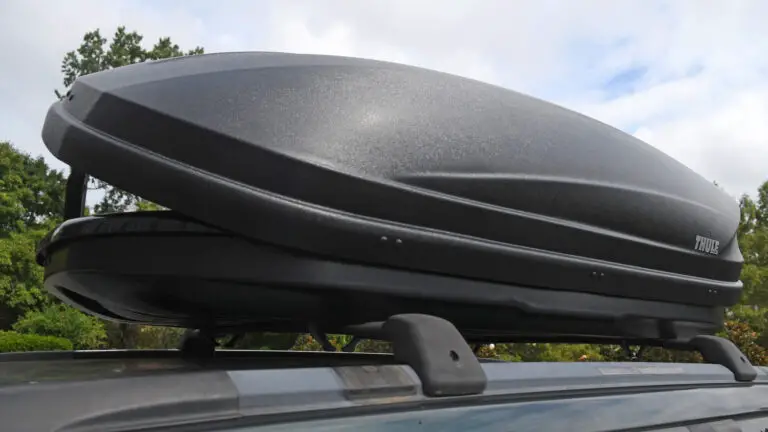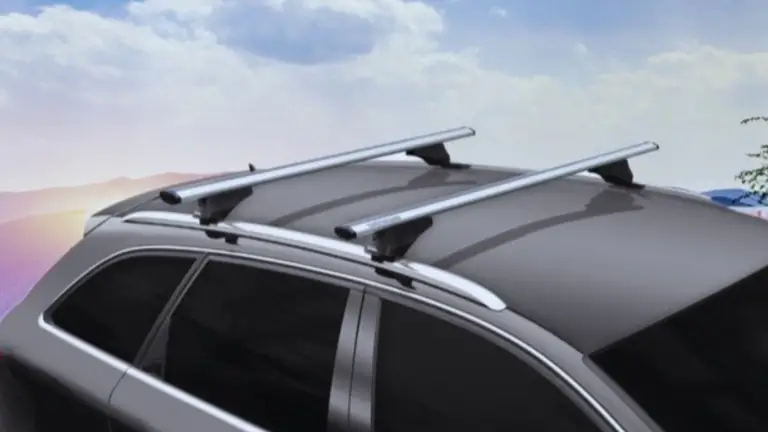Discover the secrets to how to pack a rooftop cargo box for your next adventure. From strategic organization to securing your items, our guide will help you make the most of your rooftop storage.
Traveling with oversize cargo or a large amount of belongings can be a daunting task. However, with the use of a rooftop cargo box, you might find the solution you need. It’s crucial to understand your cargo box, from its distinct features to how best to utilize its space. Whether it’s a camping trip, a move to a new house, or just the need for additional luggage space, packing your rooftop cargo box effectively can contribute significantly to a smoother journey. Throughout this guide, we will explore the essentials of packing, weight distribution, and safety precautions to make your trip safe and efficient.
Understanding Your Rooftop Cargo Box
Understanding Your Rooftop Cargo Box Specifications
Rooftop cargo boxes vary in size, format, and weight restrictions. Start by researching the specific model of your rooftop cargo box. You can usually find this information online on the manufacturer’s website. Look for details such as its length, width, and depth, as these will determine the size of items you can fit inside. The weight limit is of utmost importance, as exceeding this limit can risk damage to your car, cargo box, or cause driving difficulties.
Identify Recommended Packing Methods
Your rooftop cargo box manufacturer may have recommended packing methods. You should adhere to these guidelines to maximize space and maintain weight distribution. An unbalanced rooftop box might affect your vehicle’s stability. Always double-check for specific packing suggestions, like placing heavier items at the bottom and keeping lighter items on top.
Opening, Closing, and Locking Your Box
Before you begin packing, ensure you feel comfortable opening, closing, and locking the rooftop cargo box. The box needs to be securely locked to prevent it from opening during your trip. Check your user manual for steps and tips, or look for instructional videos online corresponding to your specific model. Also, pay attention to the closing mechanism. Some boxes may have specific requirements to ensure they are closed properly and securely.
Check the Box’s Condition Before Packing
Before loading items into your cargo box, make sure they’re in good condition. Check the box for any damage; cracks, breaks, or holes could let in rain or cause items to be lost during transit. Inspect the locking mechanism as well; ensure it locks and unlocks smoothly without jamming. The straps or mounts securing the box to your car should also be sturdy and in working order.
Packing Your Rooftop Cargo Box
The packing process also requires care. Start packing with the heaviest items first to ensure weight is distributed equally. Make sure there’s not too much weight on one side or the other. Ensure the weight is evenly distributed from the front to the back as well.
Securing Your Load
Secure your items inside the box to minimize shifting while in transit. This could be done using internal straps, bungee cords, or packing materials. Lightweight, softer items such as clothes or sleeping bags can act as good packing materials to fill empty spaces and prevent movement.
Double Check After Loading
Once your cargo box is packed, do a final check. Ensure that the rooftop cargo box isn’t overloaded and that the load is evenly distributed. Make sure the box locks properly and is securely fastened to your vehicle.
A properly packed rooftop cargo box will minimize risk, optimize your storage space, and ensure a smooth, hassle-free trip.
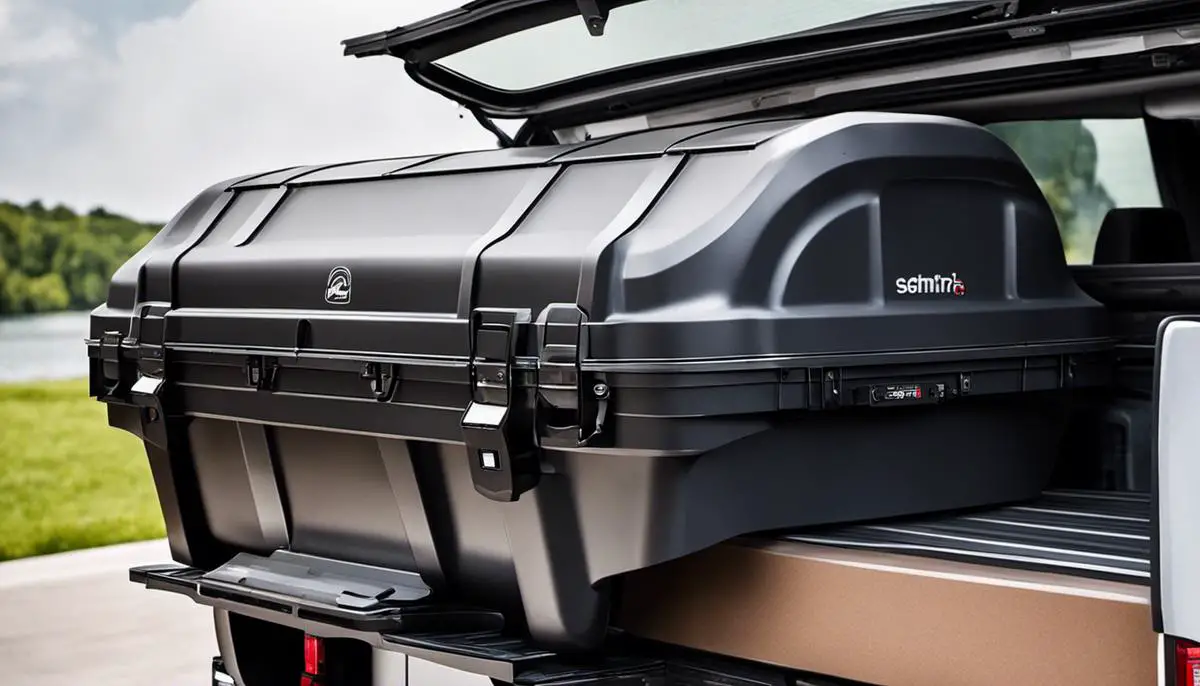
Packing Essentials and Precautions
Understanding Items Suitable for a Rooftop Cargo Box
A rooftop cargo box can accommodate a varied range of items, but it’s critical to understand what types of items are safe to pack. Lightweight items such as sleeping bags, blankets, tents, jackets, and clothes are ideally suited for storage in a rooftop cargo box. Heavier gear like stoves and fuel tanks should generally be avoided, as they can disrupt the vehicle’s stability and center of gravity.
The Importance of Weight Distribution
Proper weight distribution plays a significant role in maintaining vehicle stability and handling. If the car’s weight is unevenly distributed, it could cause swaying or make the vehicle tip over in the event of sudden braking or a sharp turn. To prevent such mishaps, place heavier items at the bottom of the box and distribute them evenly throughout to maintain the balance and stability of the vehicle.
Packing for Effective Use of Space
Efficient packing requires more than simply filling up space. The first rule is to place the heaviest items (within allowable limits) at the bottom. On top of these items, place more lightweight, compact items. Your gear should be packed as tightly as possible to limit potential movement within the box.
Securing Your Items
All items should be secured to prevent shifting and potential damage. Soft items can often be used as filler to nestle between rigid, awkwardly shaped items to create a tight pack. Straps or bungee cords help keep things in place and can be used to secure items. You could also use gear ties or twist ties for effective bundling.
Layering Items for Better Organization
Layering items is a clever way to organize your gear and make unpacking easier. It can also further protect fragile items. Consider wrapping fragile items in clothes or towels before packing them, or use specialized packing cells and cubes to compartmentalize items.
Preventing Overloading
Even though rooftop cargo boxes increase your carrying capacity, it’s also important to avoid overloading. Excess weight on the roof can lower fuel efficiency and affect the aerodynamics and stability of your vehicle. Keep the load light, and remember to check the weight limit of your roof rack system to prevent any damage.
In conclusion, packing a rooftop cargo box requires meticulous planning and arrangement. By understanding what to pack and how to place it for weight distribution, you can ensure a stable and safe trip and efficiently utilize the extra cargo space.
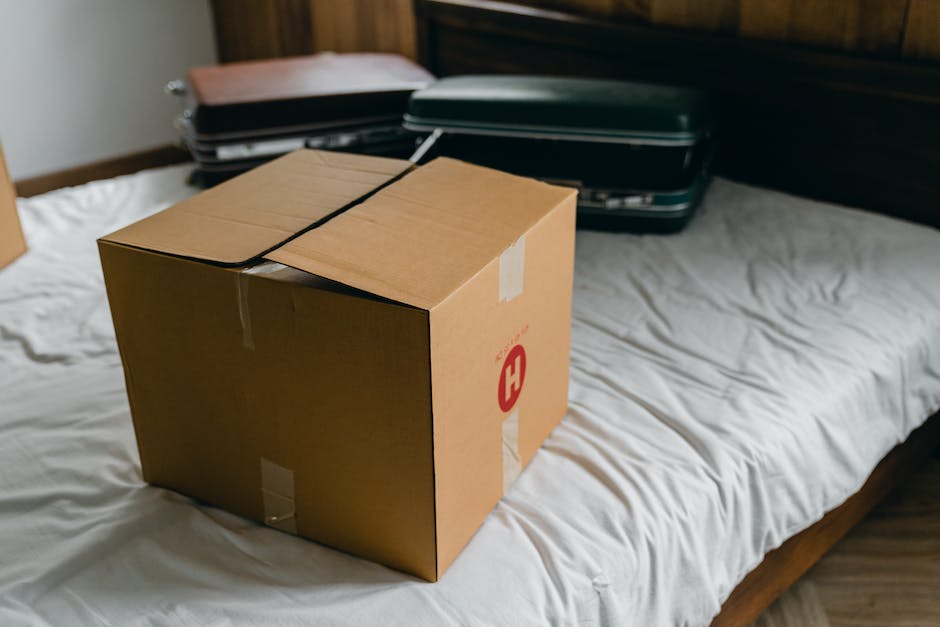
Installation and Safety Checks
Packing The Cargo Box
Start by organizing your items based on weight and size. Lightweight items and those that are least likely to be used should be placed in the cargo box first. Make sure to evenly distribute the weight to enhance stability while driving. It’s important to consider the weight limit of your specific cargo box, as overloading it might damage it or potentially break your vehicle’s roof rack.
Installing The Packed Cargo Box On The Roof Rack
Before installing, ensure your car is fully stabilized, preferably on level ground. Each cargo box comes with its own specific installation instructions, therefore, it’s vital to familiarize yourself with the manufacturer’s guidelines.
To attach the cargo box, carefully lift it onto the roof rack. Open the cargo box and locate its attachment points. These are generally found on the bottom part of the box. Align them with your roof rack bars, ensuring the box is centered on the roof for aerodynamic efficiency.
Most cargo boxes use U-bolts to secure them to the roof rack. In this case, you’d need to place the U-bolts around your roof rack bars, thread them through the attachment points, and fasten them using the supplied knob or key.
Safety Checks For Rooftop Cargo Boxes
Once the box is attached, try shaking it gently to ensure it is secure. If it moves around, adjust the fastenings until the box is firmly in place.
Regular safety checks throughout your trip are essential. These include verifying that the cargo box is secure, checking the tightness of the fixtures, ensuring the box hasn’t moved or loosened, and inspecting for any signs of damage.
It is advisable to re-check your cargo box after traveling on rough or uneven roads, as vibrations can, over time, loosen the fixtures.
In terms of the load inside the box, the cargo needs to be securely packed to avoid items shifting around when driving. You could use straps or netting to secure the items.
Driving Safely with a Rooftop Cargo Box
Remember, having a cargo box installed on your roof will change the dynamics of your vehicle. You may experience increased wind resistance, and the center of gravity will be higher. Therefore, it’s recommended to drive more slowly than usual, allow for longer stopping distances, and avoid sharp turns.
Above all, always comply with local and state regulations regarding transporting cargo on the roof of your vehicle.

Ultimately, properly utilizing a rooftop cargo box can greatly aid in your travel plans, providing additional space without sacrificing the comfort of your car’s interior. From understanding your particular model to skillfully packing your belongings to conducting regular safety checks, these guidelines are crucial to the successful use of a rooftop cargo box. No matter the length of your journey, being mindful of these points ensures that your rooftop cargo box not only becomes an efficient storage solution but also contributes to a safer and more comfortable ride for all.
7 Quick Pro Tips:
Here are 7 simple steps to pack a rooftop cargo box like a pro:
- Organize by frequency of use. Items you’ll need more often, like jackets or snacks should be packed at the top or sides for easy access. Infrequently used gear, like an ice scraper, can go in the back.
- Distribute weight evenly. Heavier items like camping gear or bulkier boxes should be placed low and centered over the wheel wells for best balance. Rotate heavy loads for equal wear on all tie-down points.
- Pad and secure loose items. Use towels, blankets or bubble wrap to stop smaller things from moving around. Tie down duffel bags, soft-sided coolers, etc. so they can’t shift during travel.
- Layer like items. Keep clothes, dry goods and personal items grouped together for easy finding. Separate dirty clothes in a plastic bag at the bottom.
- Maximize the space. Use soft-sided bags or bundles that mold to odd shapes. Store bulkier things on their side. Stack vertically as high as clearance allows.
- Seal smells. Keep food, toiletries and scents in airtight containers to avoid odors transferring to other cargo.
- Inspect before closing. Check that nothing is sticking out or could fall down during transit. Close the lid securely and double check cargo tie-downs before hitting the road.
That’s it! With a little organization even a full box can feel easy to access down the line. Let me know if any part needs more explanation.
How to Pack a Rooftop Cargo Box : FAQs
Here are some frequently asked questions (FAQs) about how to pack a rooftop cargo box:
Q: How do I efficiently pack a rooftop cargo box?
A: To efficiently pack a rooftop cargo box, start by organizing your items and grouping them according to size, weight, and fragility. Place heavier and sturdier items at the bottom, followed by lighter and more delicate items on top. Utilize packing cubes or bags to maximize space and keep similar items together.
Q: How do I secure items inside a rooftop cargo box?
A: Securing items inside a rooftop cargo box is crucial for safe transportation. Use adjustable straps or cargo nets to secure larger items and prevent shifting during transit. Place fragile items in padded or protective cases and secure them tightly. It is also essential to follow the manufacturer’s guidelines for securing the cargo box to your vehicle’s roof rack.
Q: What weight limit should I consider when packing a rooftop cargo box?
A: Each rooftop cargo box has a weight limit specified by the manufacturer. It is important to adhere to this limit to ensure safe transportation. Consider both the weight of the items you plan to pack and the weight of the cargo box itself to stay within the recommended capacity.
Q: How should I distribute the weight when packing a rooftop cargo box?
A: Distributing weight evenly inside the rooftop cargo box promotes stability and helps maintain the balance of your vehicle. Place heavier items towards the center and distribute weight evenly from side to side. Avoid overloading one side or creating an imbalance that could affect your vehicle’s handling.
Q: Can I pack a rooftop cargo box in any weather conditions?
A: Rooftop cargo boxes are designed to withstand various weather conditions, but it is still recommended to consider weatherproofing. Use waterproof or weather-resistant storage containers for added protection against moisture. Ensure that the cargo box is properly closed and latched to prevent water from seeping in during rain or snow.
Q: Are there any precautions I should take when packing a rooftop cargo box?
A: Before packing, check the weight limit of your vehicle’s roof rack and ensure it can support the combined weight of the cargo box and your items. Remove any loose or protruding items from the cargo box that could create wind resistance or pose a safety hazard. Double-check that the cargo box is securely mounted to the roof rack and periodically inspect the straps or fasteners during your journey.
Q: Are there any items I should avoid packing in a rooftop cargo box?
A: It is generally recommended to avoid packing extremely fragile or valuable items in a rooftop cargo box, as they may be subject to more vibrations and potential damage during transit. Consider packing such items separately inside your vehicle for better protection.
By following these guidelines and considering the specific requirements of your rooftop cargo box, you can ensure a safe and efficient packing process, allowing you to make the most of your storage space while keeping your belongings secure during your travels.
